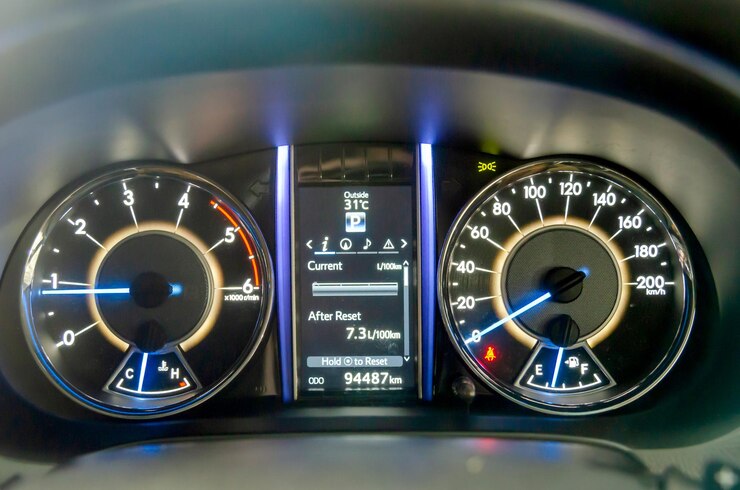Adaptive lighting control systems have become increasingly common in modern vehicles, providing enhanced visibility and safety during nighttime driving. These systems automatically adjust the vehicle’s headlights based on various factors such as speed, steering input, and ambient lighting conditions. However, like any other automotive technology, adaptive lighting control systems can encounter issues that trigger warning lights on the dashboard. In this article, we will explore the causes of adaptive lighting control warning lights and provide possible fixes to address common problems.
Causes of Adaptive Lighting Control Warning Lights:
- Sensor Malfunction: Adaptive lighting control systems rely on sensors to detect and analyze the surrounding environment. If the sensors become faulty or damaged, it can lead to warning lights. Common causes of sensor malfunctions include dirt, debris, or moisture accumulation, physical damage, or electrical issues. When the sensors fail to provide accurate data, the system may not function as intended, resulting in a warning light activation.
- Bulb or Ballast Failure: The adaptive lighting control system relies on specialized bulbs and ballasts to adjust the intensity and direction of the headlights. If any of these components fail, it can trigger warning lights. Bulb failures can occur due to normal wear and tear, while ballast failures may be caused by electrical issues or component aging. Faulty bulbs or ballasts can affect the proper functioning of the adaptive lighting control system, leading to warning lights.
- Software or Control Module Issues: The adaptive lighting control system relies on software algorithms and control modules to interpret sensor data and adjust the headlights accordingly. Software glitches or control module failures can disrupt the system’s operation and trigger warning lights. These issues can arise due to software bugs, electrical disturbances, or component failures within the control module.
Fixes for Adaptive Lighting Control Warning Lights:
- Sensor Inspection and Cleaning: Start by inspecting the sensors for any visible damage, loose connections, or debris accumulation. Clean the sensors using a soft, lint-free cloth and a mild cleaning solution. Ensure that the sensors are free from any obstructions that may affect their performance. If the sensors are damaged or the issue persists after cleaning, professional assistance may be required to diagnose and repair the sensor system.
- Bulb and Ballast Replacement: If a faulty bulb or ballast is determined as the cause of the warning light, replacement is necessary. Consult the vehicle’s owner’s manual or seek professional assistance to identify the correct replacement parts and procedures. It is advisable to replace both bulbs on the affected side simultaneously to maintain consistent lighting performance.
- Software Updates and Control Module Reset: In some cases, software updates or control module resets can resolve issues related to warning lights. Visit an authorized dealership or qualified auto repair center to check for any available software updates for the adaptive lighting control system. Additionally, performing a control module reset, following the recommended procedure, may help recalibrate the system and clear the warning lights.
- Professional Diagnosis: If the above fixes do not resolve the warning lights, it is recommended to consult a professional technician. Authorized dealerships or reputable auto repair shops have the necessary diagnostic tools and expertise to identify complex problems within the adaptive lighting control system. They can perform in-depth inspections, access technical service bulletins or recalls specific to your vehicle, and provide the most accurate diagnosis and repair solutions.
Regular maintenance and care of the adaptive lighting control system can help prevent potential issues. Keep the sensors clean and ensure that the headlights are properly aligned. If you notice any abnormal changes in the lighting performance, address them promptly to maintain optimal visibility and safety during nighttime driving.
Adaptive lighting control warning lights indicate potential issues within the system that need attention. By understanding the causes and implementing the appropriate fixes, drivers can ensure that their adaptive lighting control system operates effectively, providing enhanced visibility and safety while driving in varying lighting conditions.











